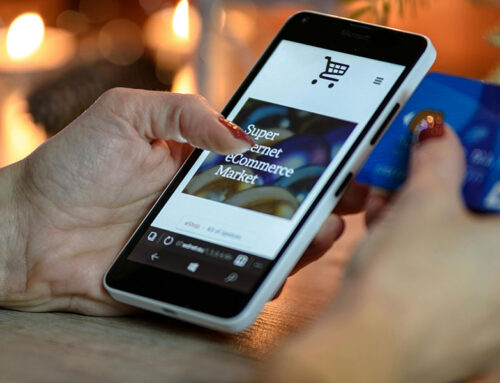The world of marketing is constantly evolving, and with the rise of technology, it’s no surprise that brands are looking for new ways to engage with their audiences. One emerging trend in the marketing world is “phygital” marketing – a combination of physical and digital marketing strategies that seek to provide a seamless experience for customers.
Phygital marketing is all about blurring the lines between the physical and digital worlds, creating an immersive experience for customers that engages all their senses. It’s a strategy that combines the best of both worlds, leveraging the power of digital technology while also tapping into the emotional and sensory appeal of physical experiences.
So, what does phygital marketing look like in practice?
Here are a few examples:
Augmented Reality (AR) and Virtual Reality (VR) Experiences
AR and VR have been around for a while, but they’re becoming increasingly popular in marketing. Brands are using these technologies to create immersive experiences for customers, such as virtual try-ons for clothing or makeup, or AR experiences that bring products to life in the real world.
Interactive Displays and Experiential Marketing
Physical displays and experiential marketing are great ways to engage customers and create memorable experiences. By adding a digital component, such as interactive touchscreens or digital displays, brands can take these experiences to the next level.
Personalised and Targeted Messaging
Digital marketing has always been great for targeting specific audiences, but by combining it with physical marketing strategies, brands can create a more personalised experience for customers. For example, a retail store might use location-based technology to send targeted offers to customers as they browse the store.
The benefits of phygital marketing are clear. By combining the strengths of physical and digital marketing strategies, brands can create more immersive and engaging experiences for customers. This can lead to increased brand loyalty, higher sales, and better customer satisfaction.
However, there are also some challenges to overcome. For one, phygital marketing requires a significant investment in both physical and digital infrastructure, which can be cost-prohibitive for some brands. Additionally, creating a seamless customer experience across both physical and digital channels can be challenging.
Despite these challenges, phygital marketing is an exciting new trend that has the potential to transform the marketing landscape. By leveraging the power of technology and tapping into the emotional appeal of physical experiences, brands can create truly memorable experiences for their customers. As we move into an increasingly digital world, phygital marketing will become more and more important – so if you’re a marketer, it’s definitely worth exploring!





